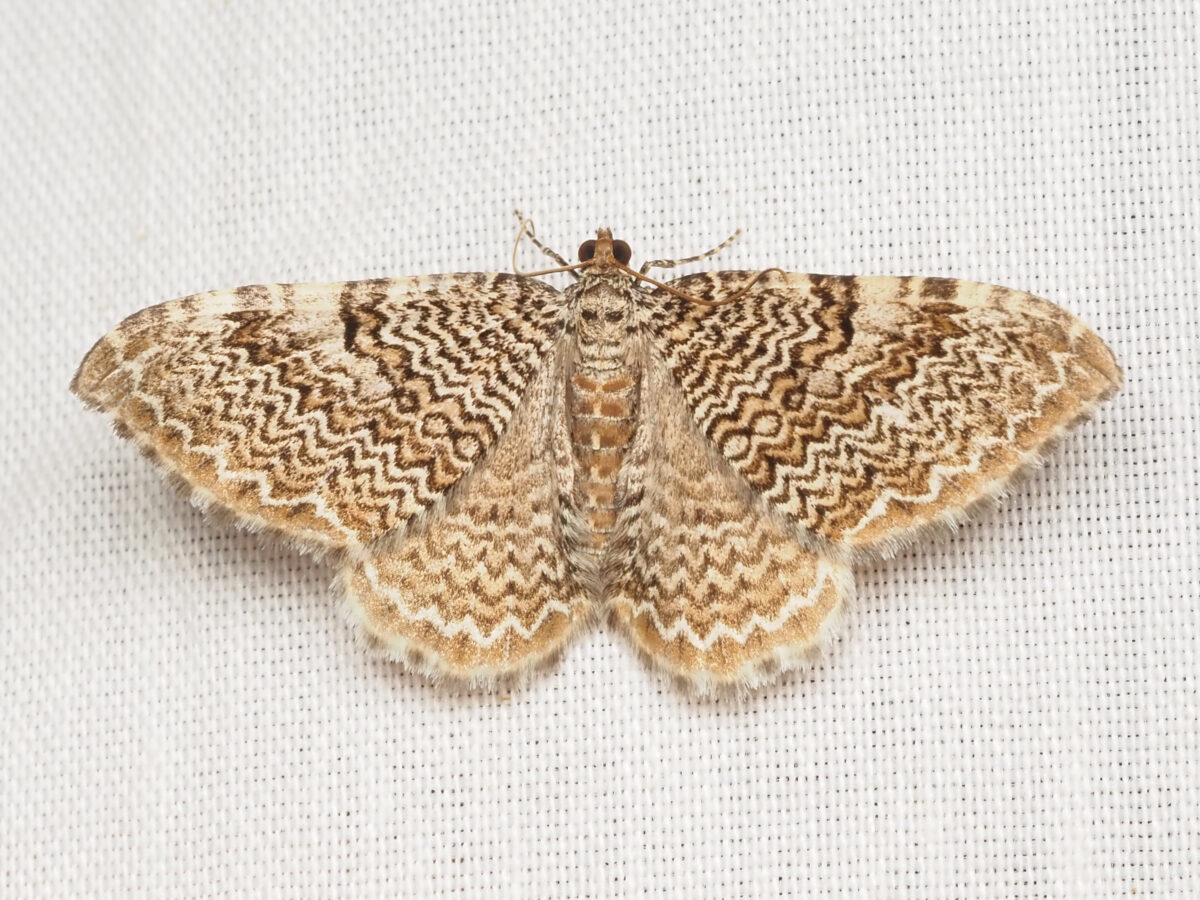Reviewed by: Nathan Watson
Is it safe to swim in Alabama’s lakes and rivers? This group answers that question for the Coosa River weekly
Reading time: 8 minutes
Sponsored

Is it safe to swim in Alabama’s creeks, rivers and lakes?
That is the most frequent question Justinn Overton, the Riverkeeper and Executive Director of the Coosa Riverkeeper, hears from families, friends and swimmers throughout the Coosa River watershed.
Luckily, she can give an answer thanks to her organization’s Swim Guide program.
In our second installment about the Coosa River, we examine an innovative water protection program that keeps people safe all summer long.
What is the Swim Guide?
Did you know that in 2021, Coosa Riverkeeper issued 82 red alerts in the Coosa River watershed because of dangerous levels of e.coli via their Swim Guide? Swimming in E.coli infested waters poses a significant health risk, such as vomiting, kidney failure and even death. Children are the most vulnerable.
How do you know whether the river is safe or not to swim in? The answer – Swim Guide.
We’ve all heard the saying… ‘There’s an app for that!’
Downloading the free Swim Guide app (recommended) or regularly visiting the Swim Guide website is the gateway to learning whether the place you are swimming within the Coosa watershed is safe at that time.
How does the Swim Guide work? Beginning Memorial Day weekend until mid September, eight Coosa Riverkeeper interns collect water samples at 50 different locations in the river each Thursday. The group tests the following:
- E.coli
- Water temperature
- Turbidity
- Dissolved Oxygen
- pH and more
They deliver the samples to the Coosa Riverkeeper lab and by Friday at noon the results are published.

You will see three kinds of alerts:
A green alert —JUMP IN! All is good. Water quality at the site has low levels of E.coli present during the time the sample was collected.
A yellow alert—HOLD UP! There is a moderate amount of E.coli present in the sample that was collected. Proceed with caution.
A red alert— WAIT! High concentration of E. coli detected and we recommend not swimming in that location at this time. The standard for E.coli is 235 cfu/100mL. The U.S. Environmental Protection Agency estimates, at that rate, 8 in 1,000 people will contract an illness.
Here are the 2021 numbers:
- 678 water samples collected
- 158 water quality alerts
- 82 red alerts for high e.coli
- 61 yellow alert for moderate e.coli
You can also sign up for text alerts straight to your phone by texting SWIMGUIDE to 205-526-4819.
Tiny Testimonial. ‘I want to Save the Earth’

“Mommy, I want to be just like you. I want to save the earth,” said 4-year old Kynlee Minton to her mom Kayla. Of course, Kayla melted like all of us would. So, why did Kynlee make such a profound declaration?
Growing up on Choccolocco Creek, a tributary of the Coosa River, Kayla Minton witnessed the importance of clean water first-hand at a young age. For decades, the creek was the recipient of Polychlorinated biphenyls (PCBs), from Monsanto, that were discharged into the creek and surrounding waters. PCBs have been classified as probably carcinogenic, and carcinogenic to humans by the EPA and International Agency for Research on Cancer.
“As a child, I had a special interest in water—swimming and recreation,” Minton told Bham Now. “It led me to my career. I started out as a Swim Guide intern with the Riverkeeper straight out of college helping to develop the program.”
Minton then took that experience and now works as an environmental protection specialist focused on water for the Anniston Army Depot monitoring the creeks and streams surrounding the industrial site.
“The Swim Guide internship gave me a basic understanding of monitoring water. I soon realized this is what I love. This is what I want to do. So I worked my way up at the Depot. And now I work on protecting the water that runs off into our tributaries.”
Power of Science & Reaching the Public

The secret to Swim Guide’s success is science and outreach, according to Overton.
“We want to use the power of science to help families know when and where it’s safe to swim in the Coosa by taking matters into our own hands by collecting water quality data and publishing that data for free.”
Coosa Riverkeeper is also seeking ways to disperse their Swim Guide far and wide—especially the alerts. They are leaving no stone unturned in their quest to reach all Alabamians.

For example, the group is working on offering a Spanish version of the Swim Guide.
Also, because 25% of the families in the Coosa watershed don’t have access to consistent broadband internet, relying on social media to elevate the issue of water quality is not enough.
Swim Guides users prefer to use the text function since the alerts go straight to their phone. Sign up by texting SWIMGUIDE to 205-526-4819.
“We are working diligently and mindfully to address the various issues that families face so they can educate themselves and make informed decisions,” added Overton.
Expanding the Swim Guide to Include Algae Monitoring

In recognition of the 50th Anniversary of the Clean Water Act this year, Coosa Riverkeeper’s interns are conducting water testing at 50 different locations, up from 44 sites in 2021.
Following up on the recent American Rivers 2022 report, which named the Coosa River the 5th Most Endangered River in the U.S., this year’s Swim Guide will include the first-ever algae monitoring.
“One of the main reasons that the Coosa River was listed a most endangered river is due to the excess nutrient pollution in the Coosa River that is coming from a variety of sources,” said Overton. “We’ve decided to start monitoring algae so if we start to see any issues arising, we’re able to partner with a lab in Auburn that will be able to issue water quality alerts for particular types of algae.”
Algae blooms are an overgrowth of algae and associated organisms caused by excess nutrients in a waterway. In the Coosa, the primary nutrients to watch for are phosphorus and nitrogen, which comes from a mixture of agricultural runoff and industrial discharge.

According to the Coosa Riverkeeper, effects from algal blooms can do the following:
- Create oxygen-poor dead zones
- Produce extremely dangerous toxins that can be deadly
- Raise treatment costs of drinking water
- Impact the economy through loss of business and diminishing property values
Some blooms can produce dangerous toxins, but even nontoxic algal blooms can be detrimental to fishery health, water quality, and the local tourism economy.

The new algae monitoring program will have two distinct benefits. It will protect the public and improve water quality. How?
Coosa Riverkeeper will be able to find where chronic nutrient problems are occurring. By doing this, they can help address potential algal blooms.
They will also protect the public by identifying where harmful cyanobacteria may be present within the algae. Cyanobacteria can cause multiple illnesses, according to the Centers for Disease Control and Prevention.
Back to the Minton Family

For the Minton family, the Swim Guide is a life saver.
“We definitely make sure our family checks out the swim guide every Friday, before we head to the river for the weekend,” Kayla said. “We do it to make sure that it’s safe for the little one to jump in, and of course the whole family.”

About her daughter wanting to follow her mom’s path—testing water to make sure it is clean for everyone to swim—Kayla proudly said, “She (Kynlee) really cares. If she sees someone trashing the river, I don’t even have to say a word. She’s gonna jump on them before I do. She’s a little environmentalist, no doubt.”
What’s Next

For the third and final installment, we are going to learn how the Coosa Riverkeeper’s Fish Guide started a statewide “Fisher’s Right to Know “ movement.
Meanwhile, visit CoosaRiver.org/SwimGuide and download their app today. If you live in the Cahaba River Watershed – join the Cahaba Riverkeeper swim guide program at: https://cahabariverkeeper.org/swim-guide/
Sponsored by:



